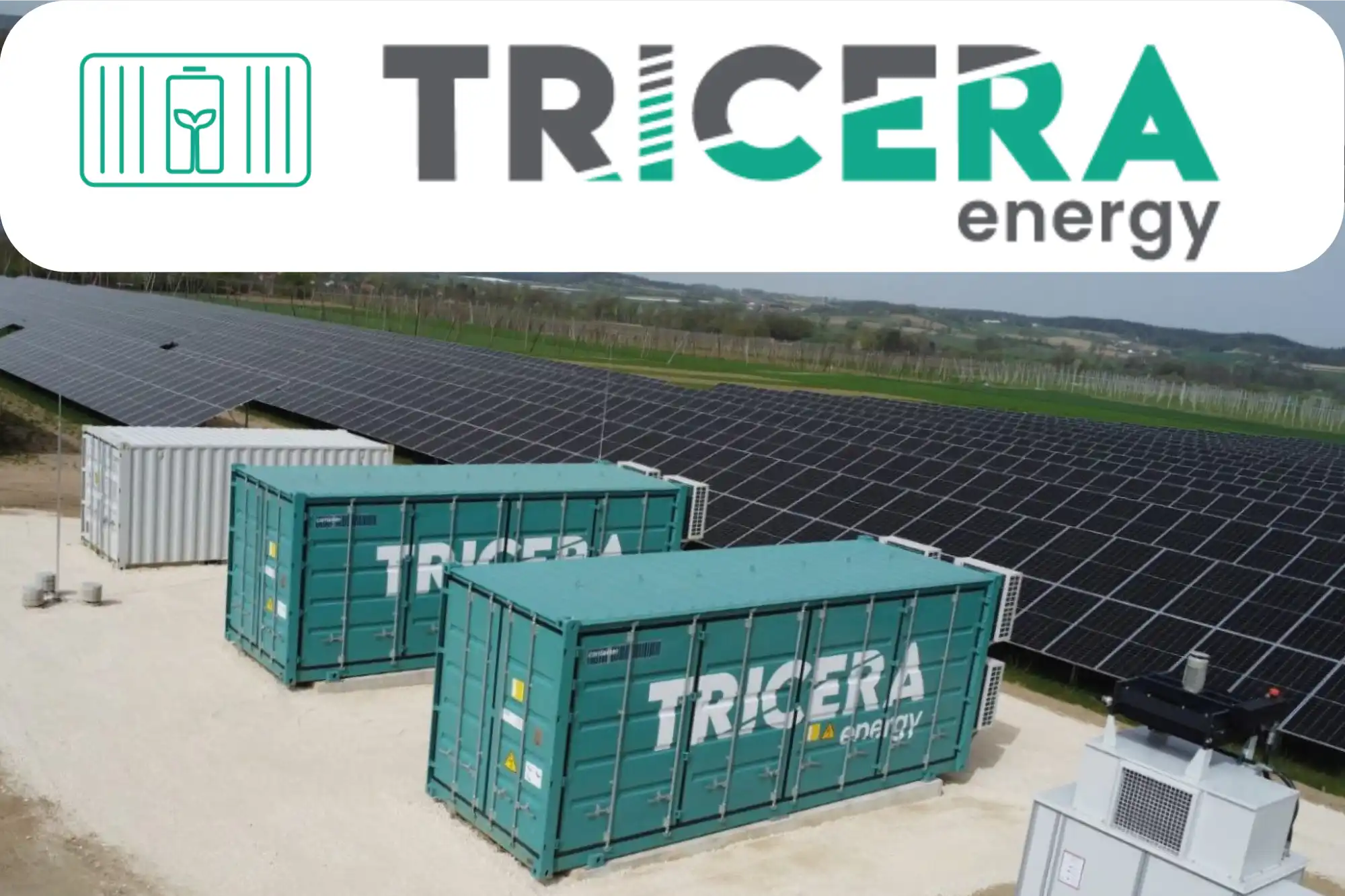Client
Tricera Energy GmbH
Project
Empowering Software Teams: Best Practices, Collaboration, and Scalable Architecture for IoT Edge Applications
Description
We supported the recruitment process to expand the software team and established best practices for meetings and task management, including a Kanban board and the two-person rule. We visualised the software system to manage complexity and drive project progress. We provided training on MQTT dataflow for IoT edge applications in battery storage systems and helped design a modular Golang architecture for configurable edge applications, incorporating ADRs and fitness features. We also researched and supported asynchronous data synchronisation for edge-to-customer and edge-to-data warehouse streams, ensuring reliable observability and fault-tolerant transmission.

Key Activities
- Support for the recruitment process to hire additional talents for the software team
- Introduction of best practices for effective meetings and task management by enforcing the two-person rule and a Kanban-based project board
- Visualization of the software system and its components to understand its complexity and cluster it for project progress
- Employee training and implementation support for best practices in MQTT data flows for IoT edge applications in their specialized battery storage containers for renewable energy
- Support for the design and implementation of a new modular software architecture in Golang for multiple, configuration-based edge applications, including Architecture Decision Records (ADRs) and custom fitness functions
- Research and implementation support for asynchronous edge-to-customer and edge-to-data warehouse time series data synchronization of data streams for system observability, including ETL processes, custom data formats, and fault-tolerant data transmission
- Development and setup of a Kubernetes-based high-availability infrastructure for the edge applications
